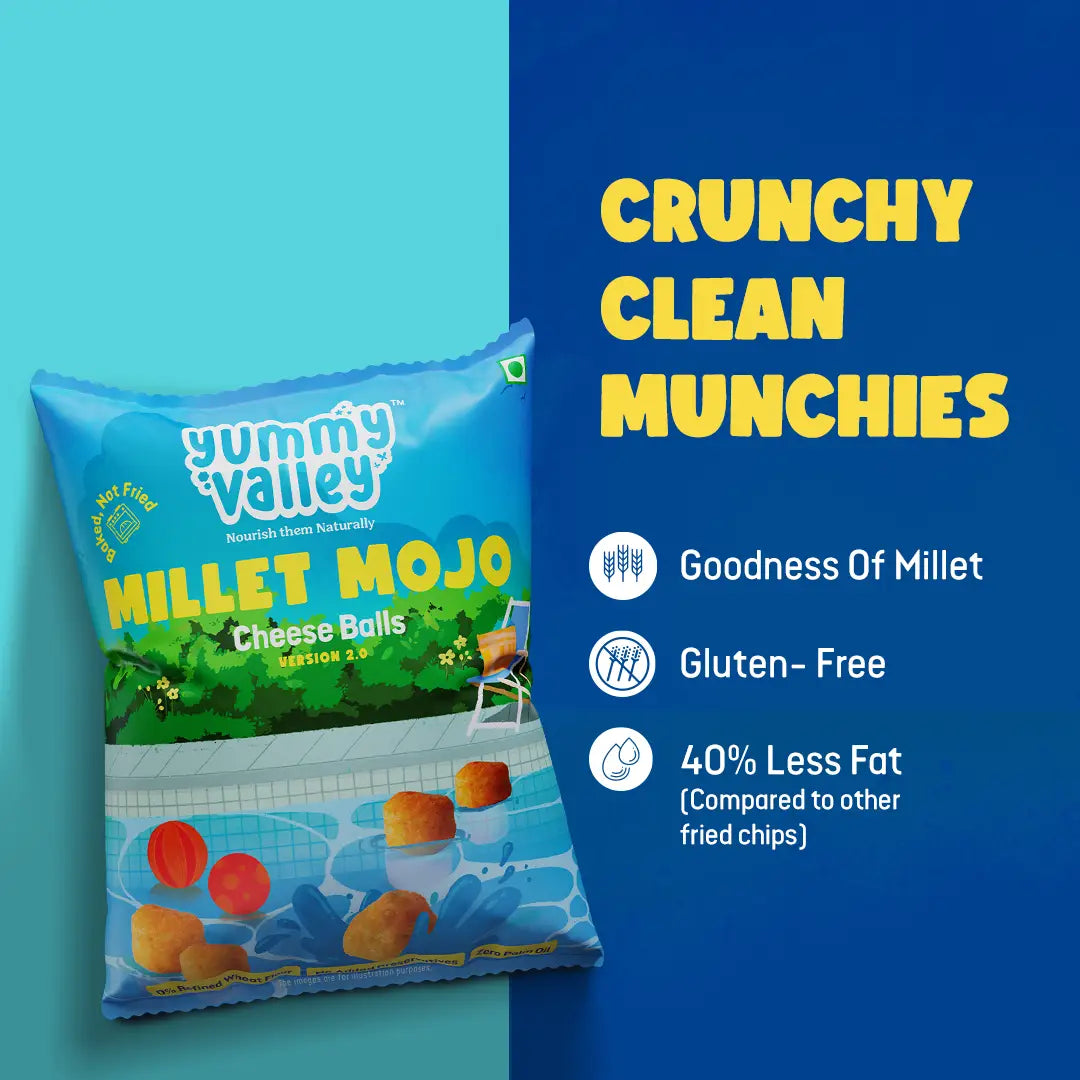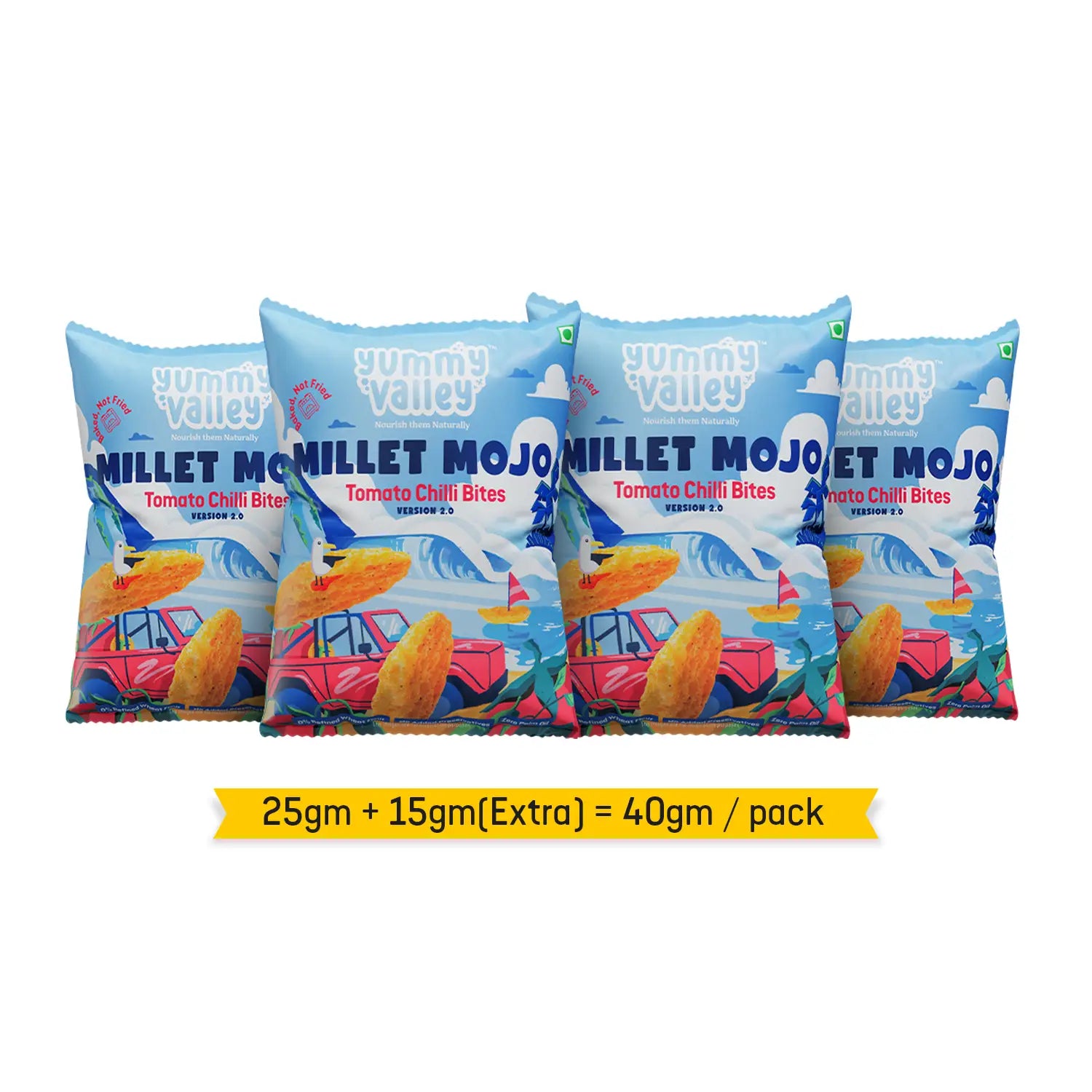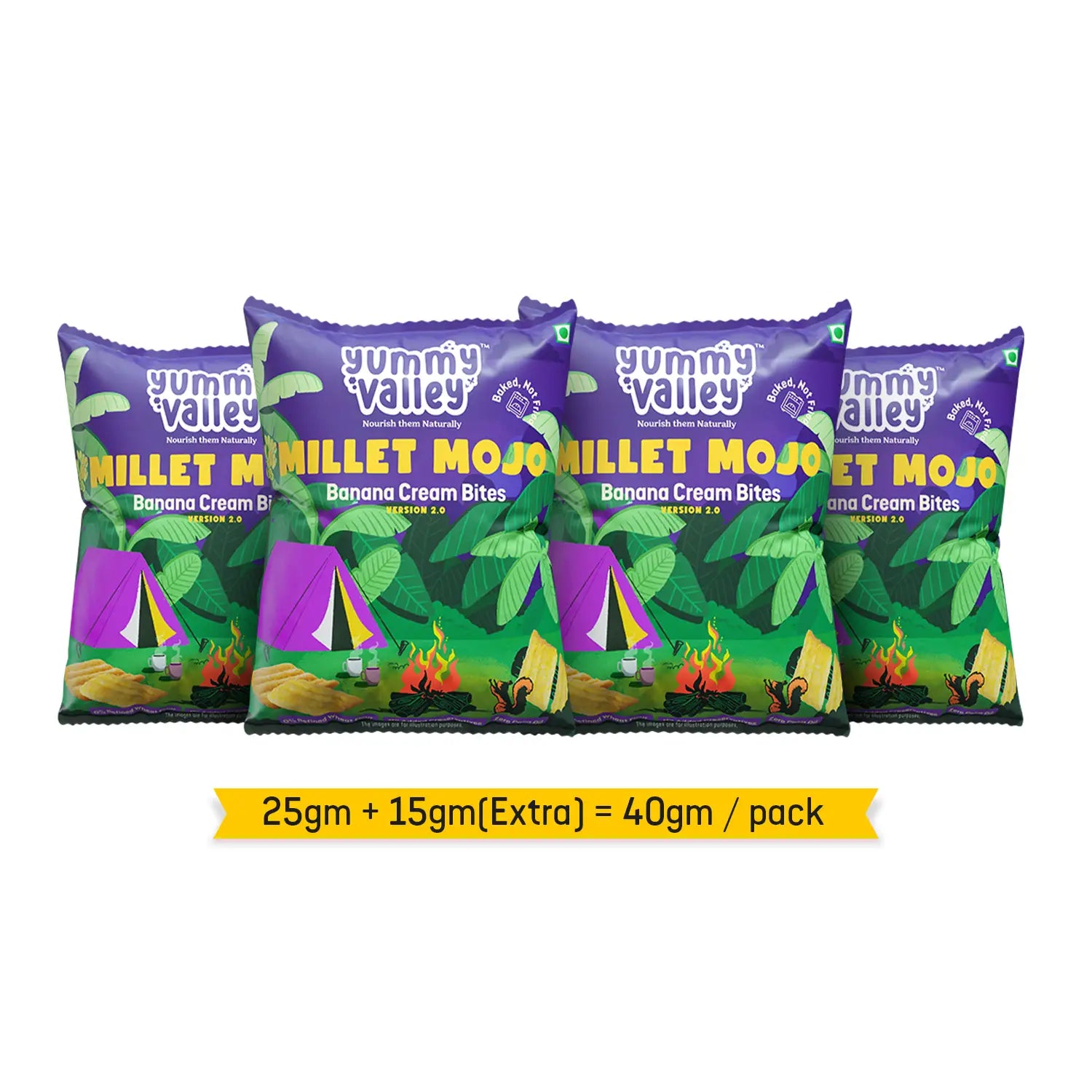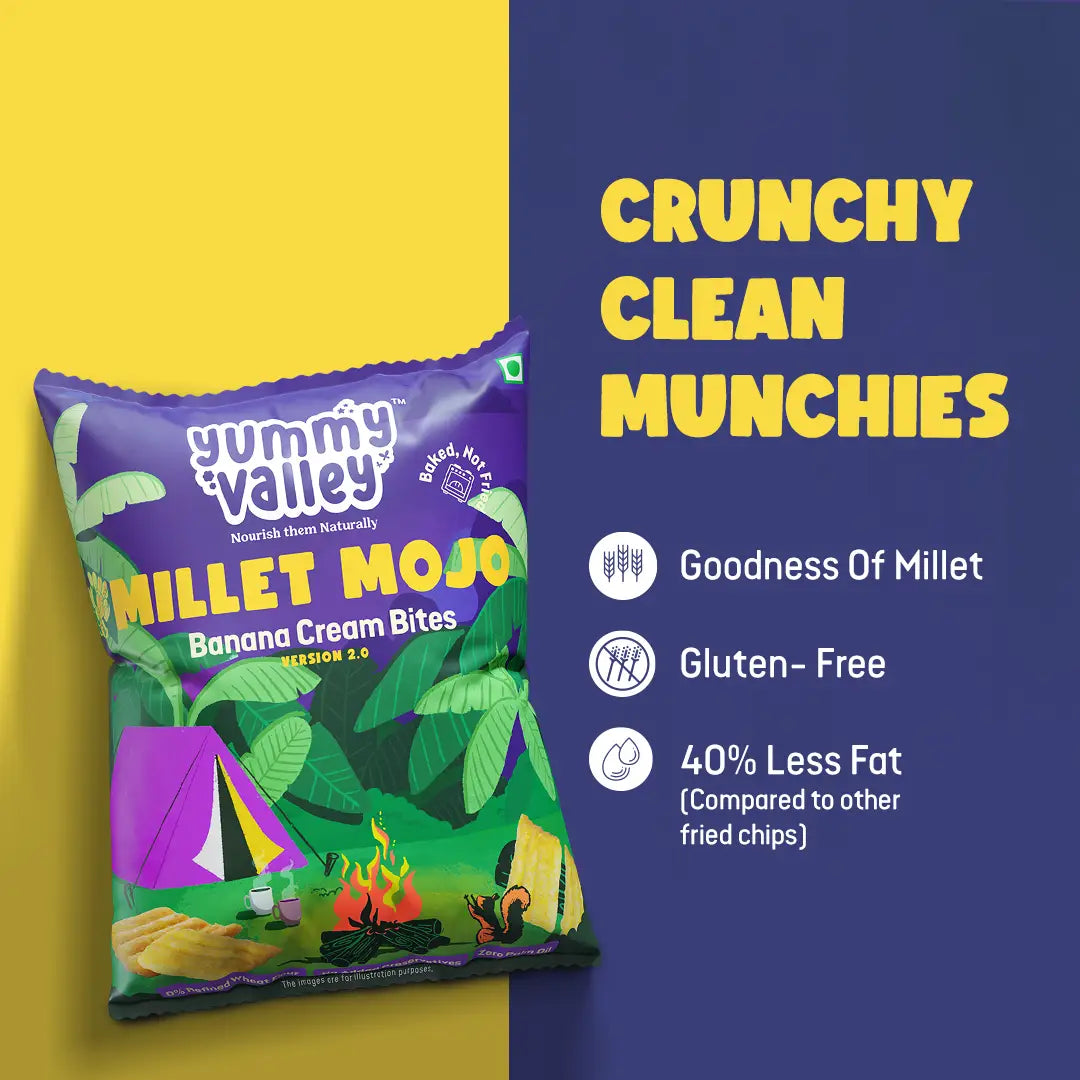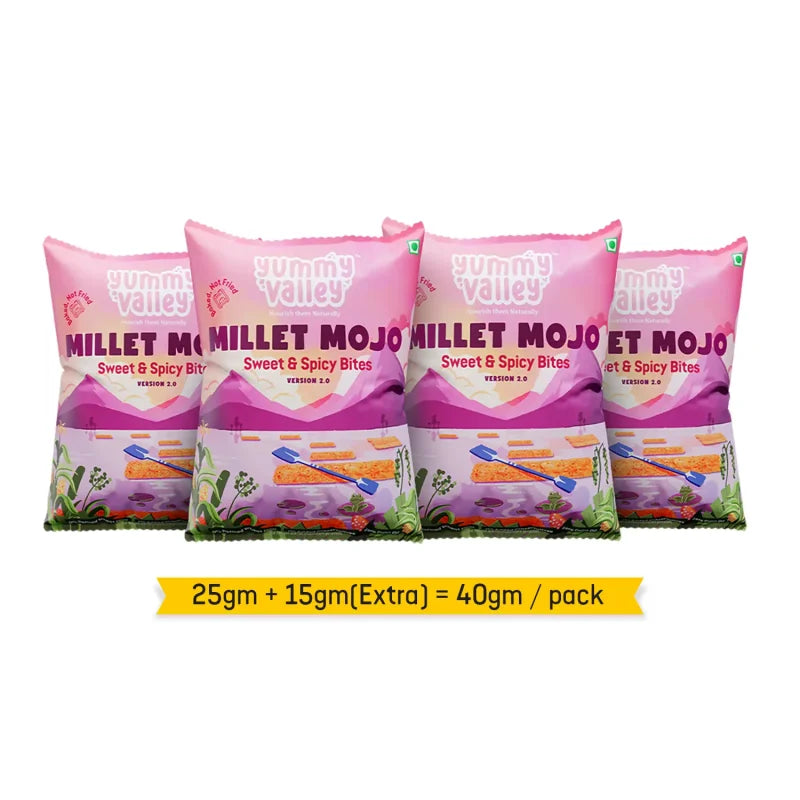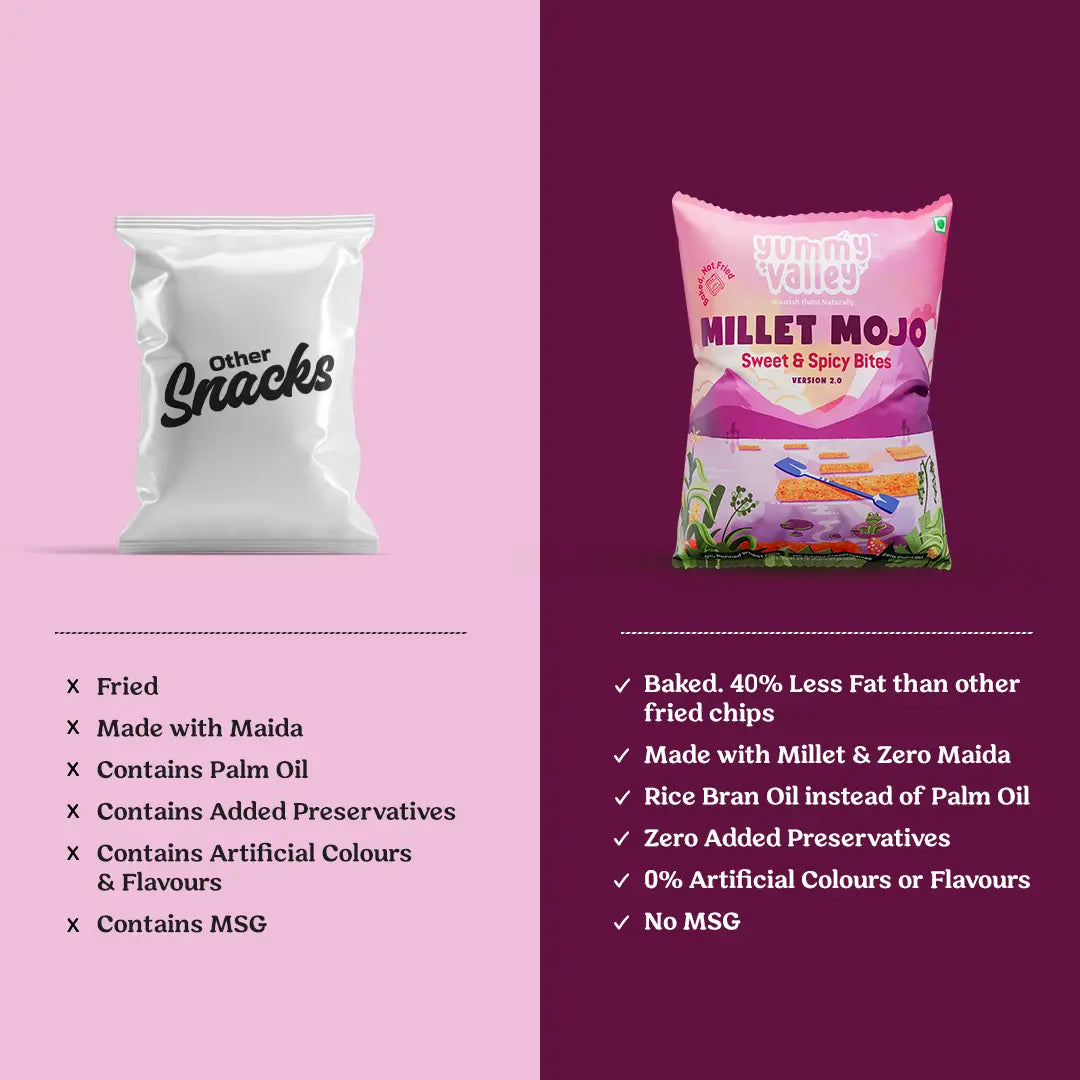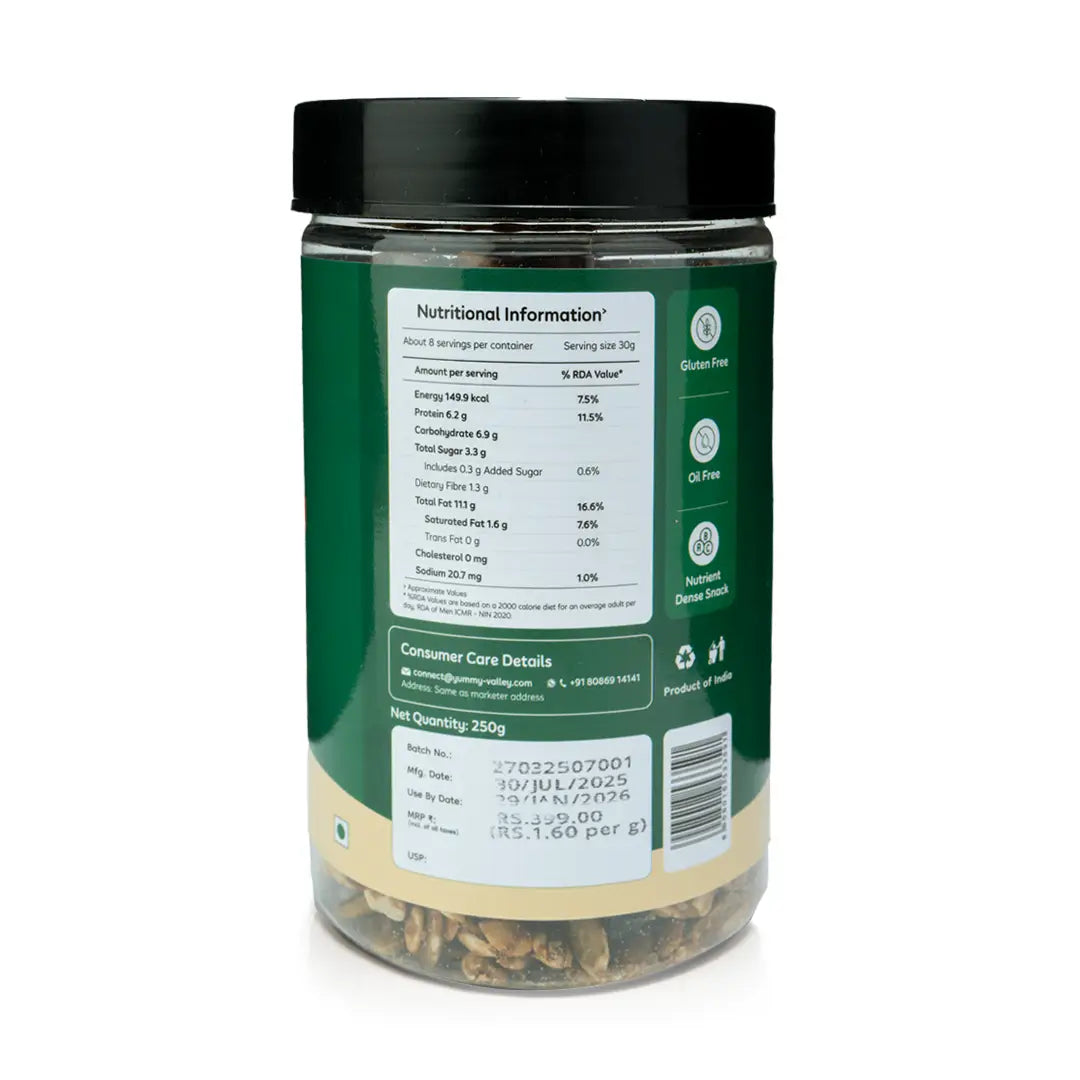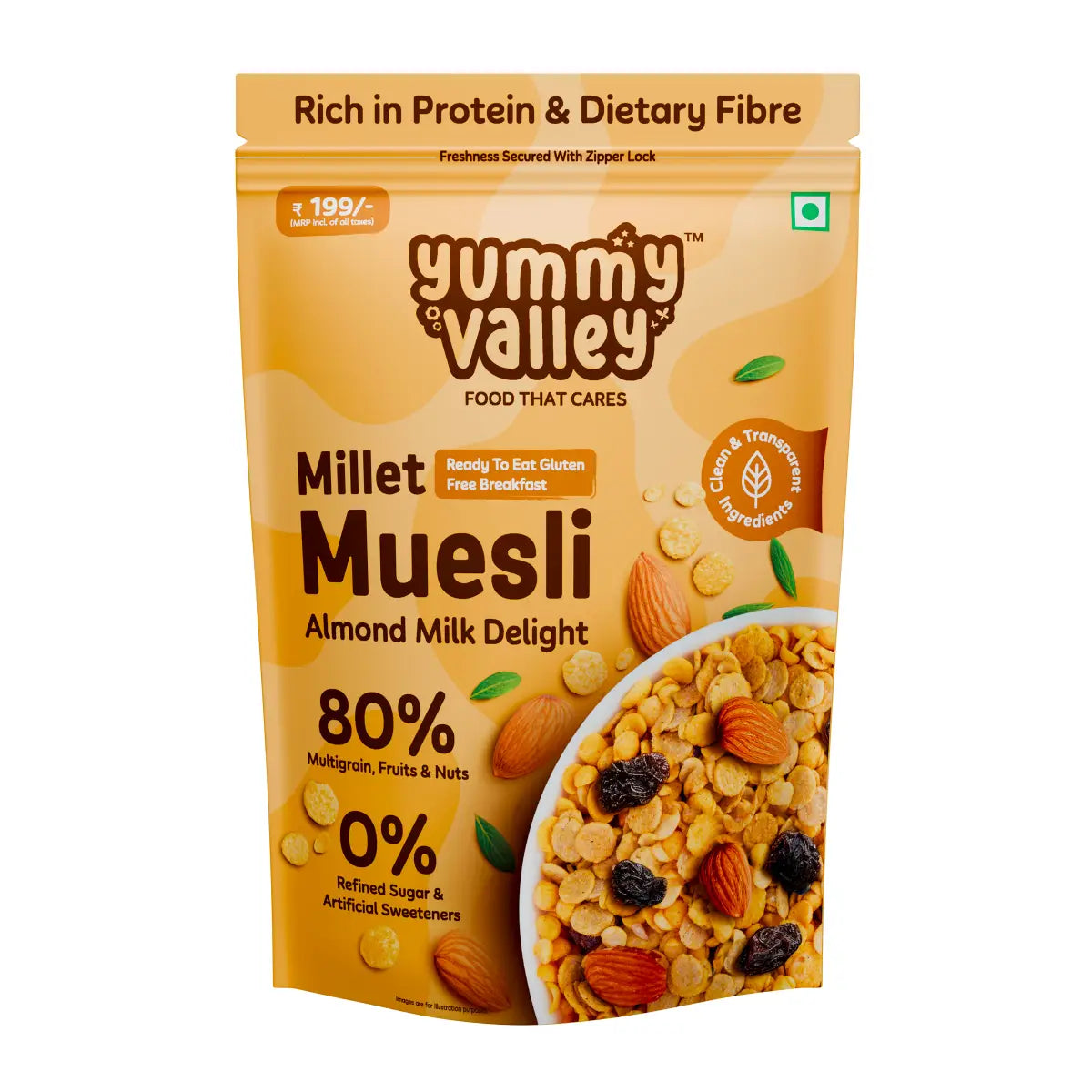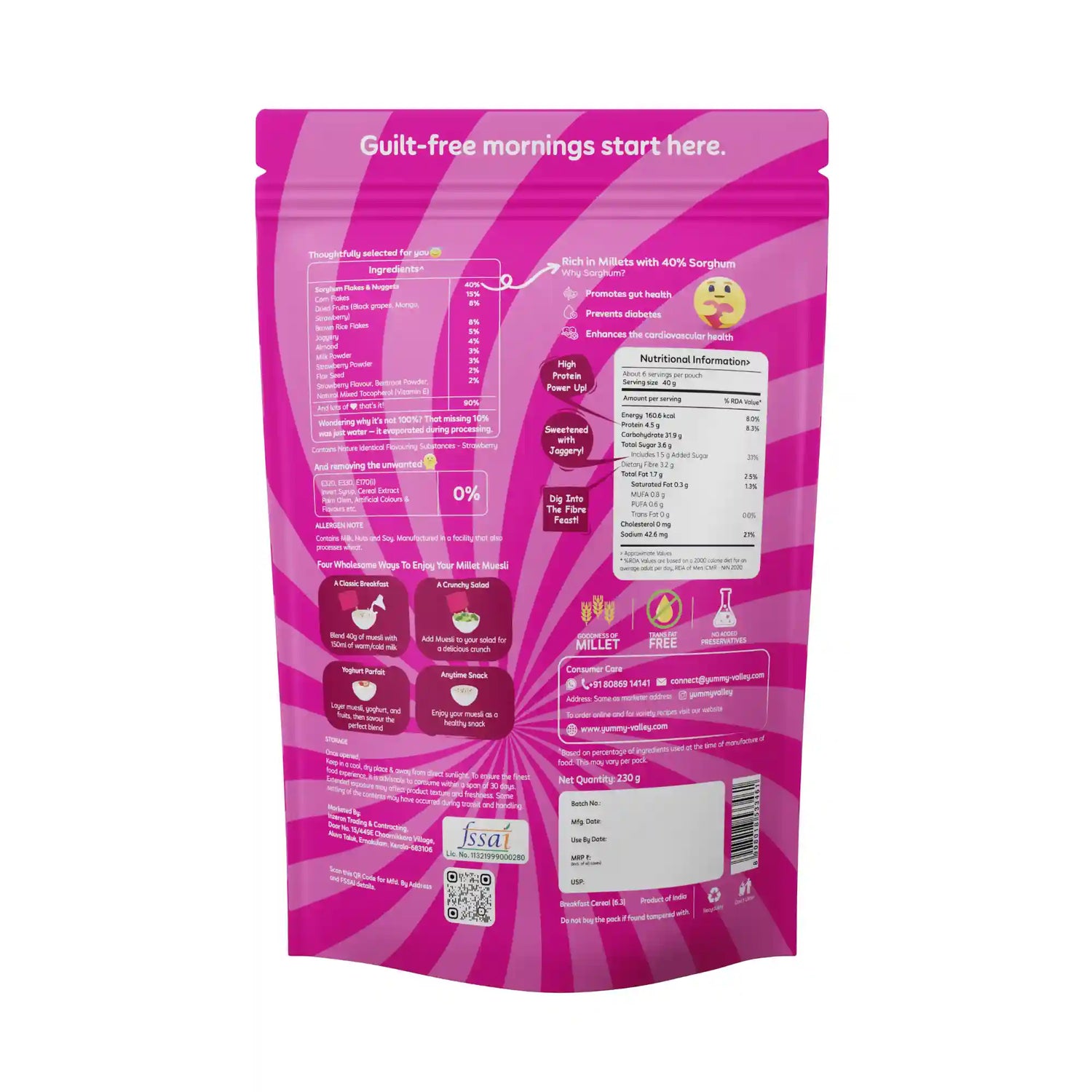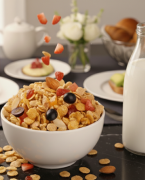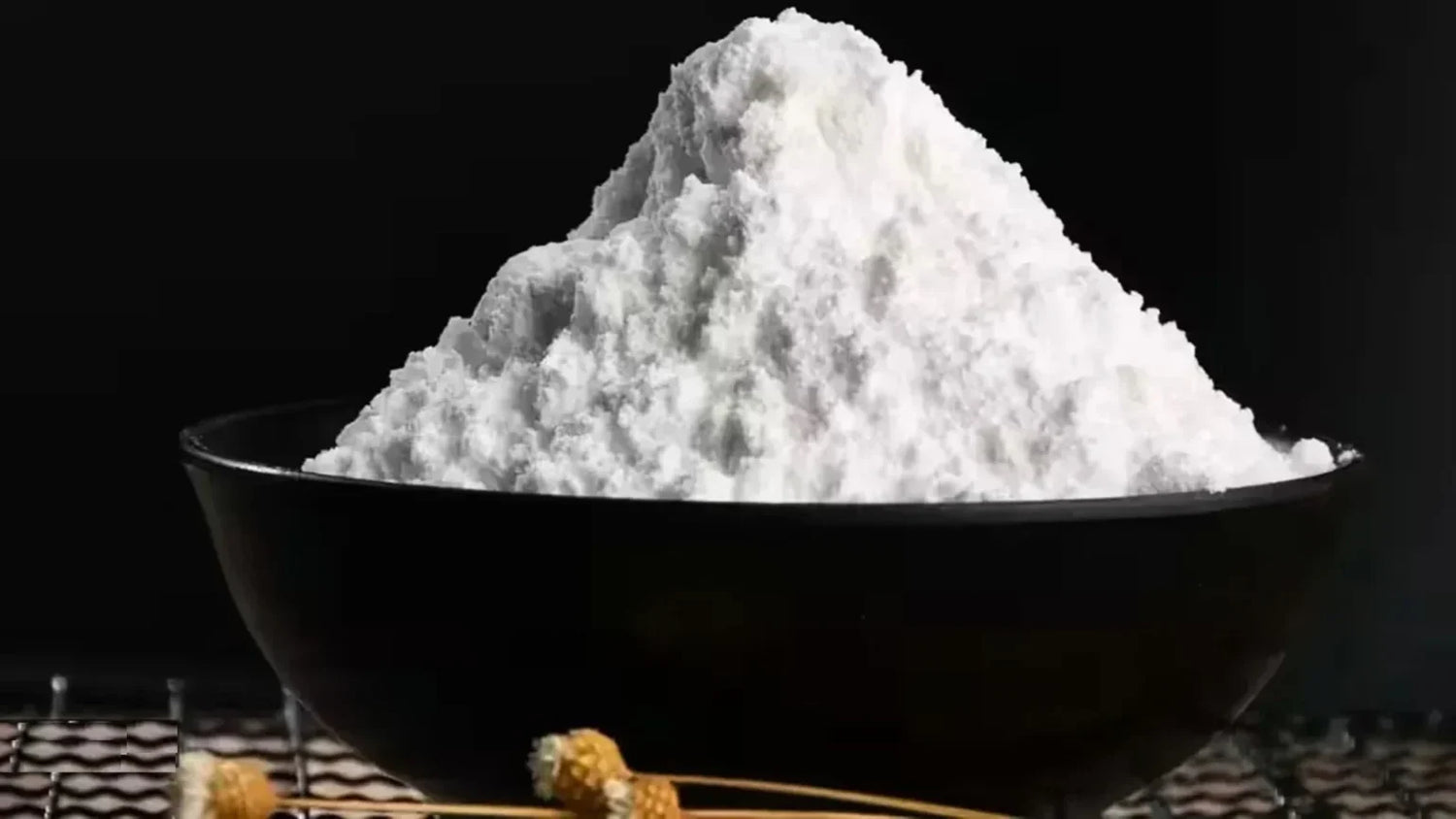Maida is bad for health. Who doesn’t know maida or refined flour that gatecrashes most meals? Yes, you may like the crispness in your favourite pizza or the spongy feel in your favourite cake made of maida, which is not exactly winning a good health award. What makes it so dangerous? It’s not just about its lack of nutrition; maida actively contributes to health problems ranging from digestive issues to chronic diseases.
Is that flaky croissant still tempting you? This article will give you an insight as to how this maida is prepared and why introducing whole wheat atta in your kitchen is beneficial for you. Spoiler – you are never going to want to look at refined flour in the same way again!
What is Refined Flour (Maida)?
Known as refined flour, maida is a finely milled and bleached wheat flour predominantly used in South Asian cooking. ‘Maida’ originates from Hindi-Urdu and means ‘fine’ or ‘delicate,’ describing its soft, powdery texture perfectly.
In South Asian kitchens, maida became popular during the colonial era, when British-influenced baking techniques brought cakes, pastries, and bread. Thanks to its versatility, it became a staple for everything from naans to samosas.
Maida is known by different names around the world. Some regions refer to it simply as white flour, while others refer to it as all-purpose flour. Its background and modern usage stem from industrial processing of wheat grains from which bran and germ are separated to obtain a highly refined starch concentrate, devoid of nutrition. Apart from being one of the major ingredients used in many cuisines today people have complained that maida actually has very little nutritional value and is actually bad for your health.
What is Maida Made From?
A maida is made from grinding wheat grains and separating the endosperm or germ, which is starchy, from the bran. Sometimes it is referred to as the milling process. When using it, the first thing that has to be done is washing the wheat, and the second stage is to mill the wheat into fine powder.
To enhance the look of maida, some chemicals are applied, like the addition of benzoyl peroxide or chlorine dioxide to remove colour from maida. The chemical additives that make this process bright white are eye-friendly but the consequences are immense health risks.
The outcome is a free-flowing fine powder ideal for use especially in baking processes and for use in enriching fritters and other fried products. But this process of refinement removes most of the nutrients of the grain, making maida nutritionless.
5 Reasons Why Refined Flour (Maida) is Bad For Health
1. Nutrition deficiency
As for maida, it is similar to buying junk food for flours. In the process of refining it also loses fibre, B-complex vitamins, iron and other nutrients, and at this stage does not contain any good fats. What’s left? This means a food component that lacks any nutritional value at all.
2. Spikes in Blood Sugar Level
In response to the rapid digestion of maida, blood sugar levels spike and then crash. In the long-run, it is just as deadly but especially dangerous for diabetics and contributes to developing Type 2 diabetes. Maida, a high glycaemic index food, also causes hunger pangs shortly after eating it and makes you consume more food than you need.
3. Contributes to Weight Gain
Maida-based foods often lead to overeating because they lack fibre to keep you full.Moreover, they are typically combined with such high-calorie products as sugars, fats, and other spiced bakery and fried products. The result? It is a free ticket to putting on some more weight.
4. Digestive Problems
The lack of fibre in maida means that it does not aid digestion. Long term effects of consuming these foods include constipation, slow bowels, and other many related digestive issues.
5. It Causes Inflammation
Consuming maida often will cause inflammation in many parts of the body. Some of the diseases resulting from a chronic inflammation include arthritis, heart diseases and even cancer. Some of the prepared maida based snacks contains other ingredients such as additives and preservatives that also cause inflammation.
Atta vs Maida
The following table exposes some disparities between atta that is whole wheat flour, and maida:
| Aspect | Atta (Whole Wheat Flour) | Maida (Refined Flour) |
|---|---|---|
| Nutritional Content | Retains bran, germ, and endosperm, rich in fibre, vitamins, and minerals | Stripped of bran and germ, mostly starch, low in nutrients |
| Fibre | High in fibre, aids digestion, and promotes gut health | Low in fibre, can cause digestive issues like constipation |
| Health Benefits | Supports digestive health, maintains blood sugar levels, helps with weight management | Can spike blood sugar levels, increases the risk of obesity and diabetes |
| Glycaemic Index | Low, causes gradual release of energy | High, causes rapid spikes in blood sugar |
| Common Uses | Chapatis, parathas, rotis, and healthier baked goods | Cakes, pastries, biscuits, deep-fried snacks |
| Impact on Health | Beneficial for overall health, heart, and weight management | Can contribute to obesity, type two diabetes and other health issues |
| Texture | Coarse and grainy, denser consistency | Fine, soft, and smooth, lighter consistency |
Conclusion
In a nutshell, while it might add to the softness of your snacks, it is also a culprit in your health story. Besides practically having no nutrients, it is very rich in empty calories and quite frankly, not even deserving the effort. Next time when you are holding a snack made of maida in your hand, don’t; let it be. The benefits to your body will be obvious, and your health will remain intact. Maida, it’s time to break up!
Checkout: Healthy Breakfast Cereals
FAQs on Is Maida Good for Health
Is Maida Bad For Health?
Yes, maida is low in nutrients, high in empty calories, and can cause digestive problems, weight gain, and diabetes.
Is Maida And Atta The Same?
No, maida is refined and stripped of nutrients, while atta is whole wheat flour that retains all the nutrients of the grain, making it healthier.
What is Maida Made Of?
Maida is made by milling wheat grains, removing the bran and germ, and bleaching the endosperm to make it white and fine.





